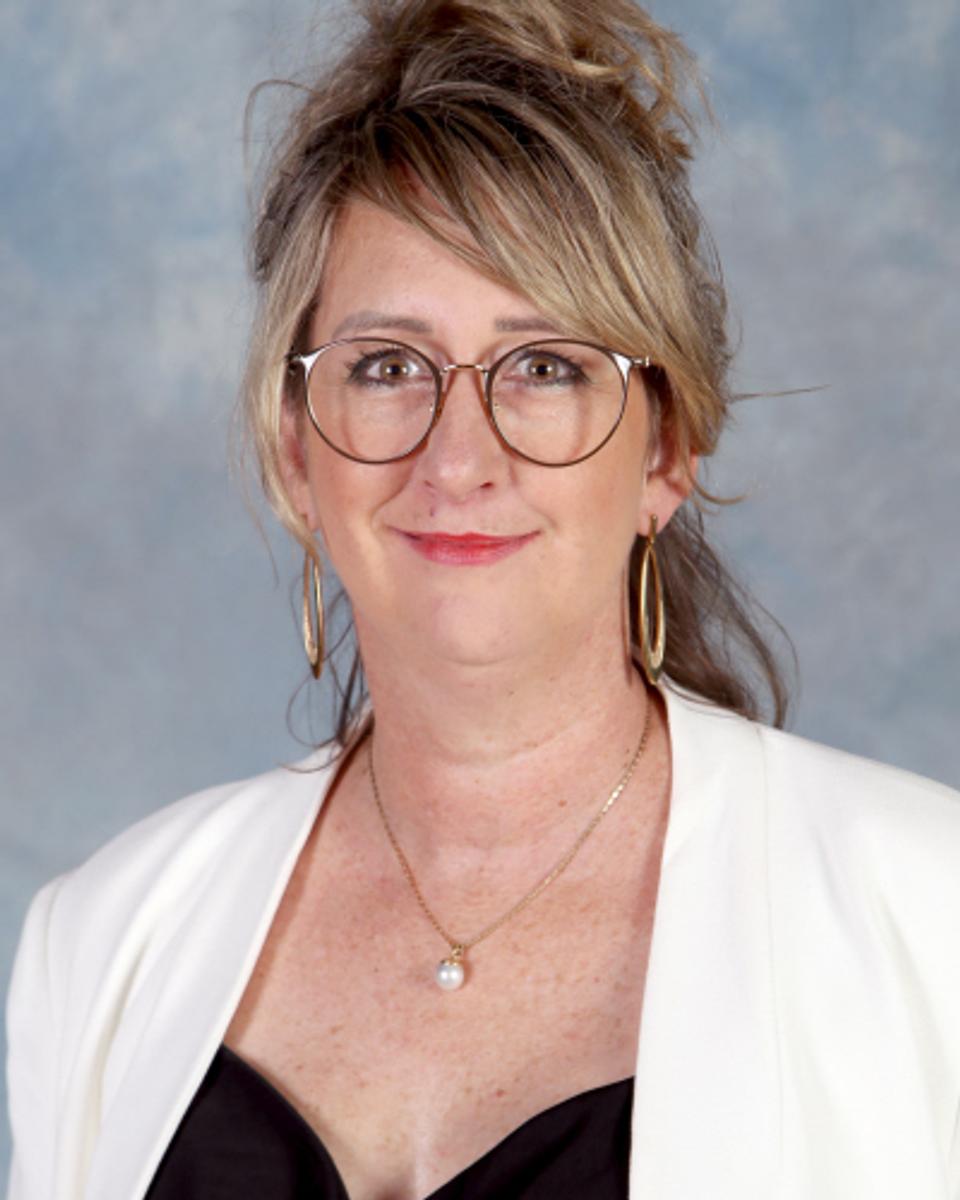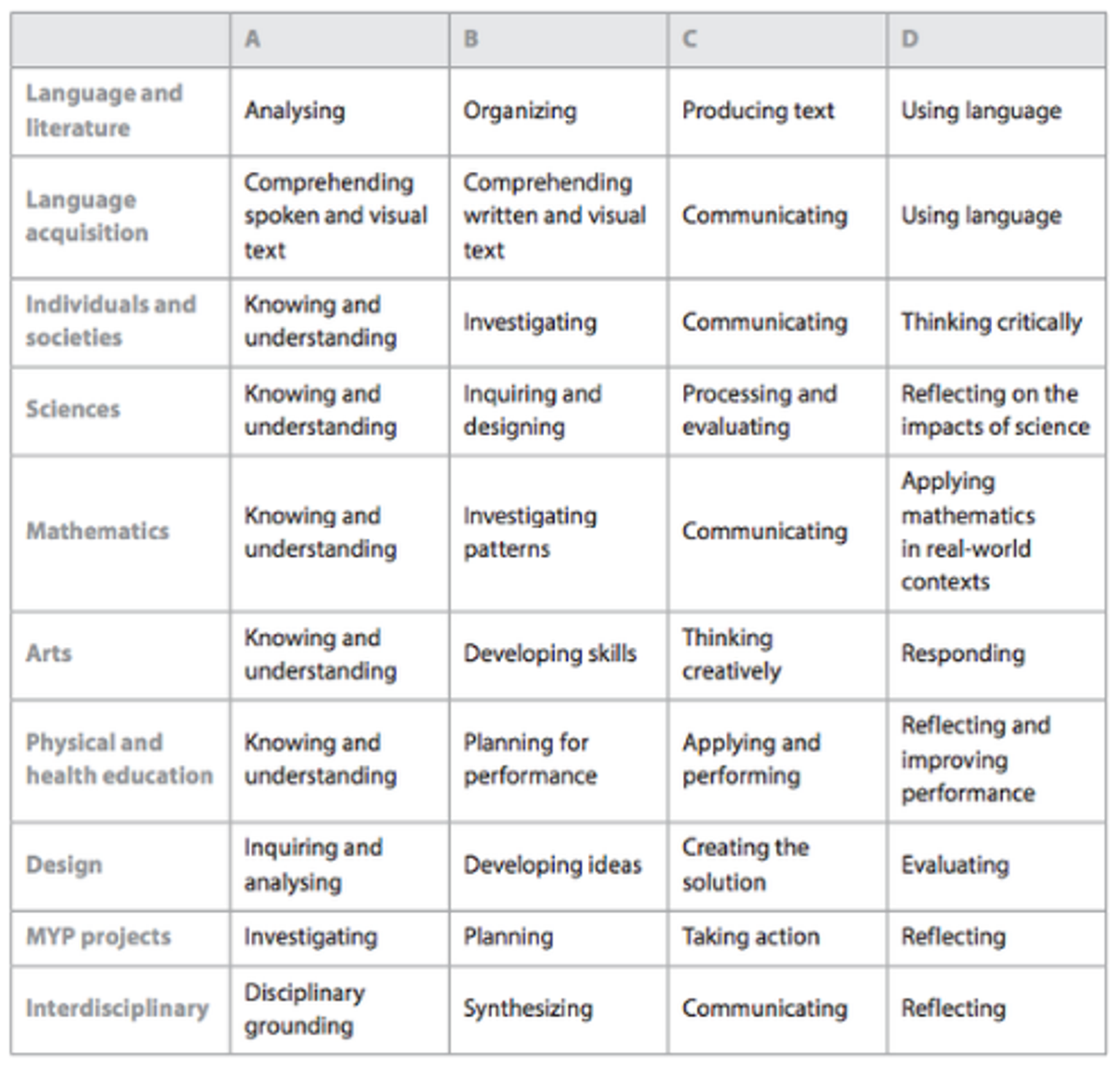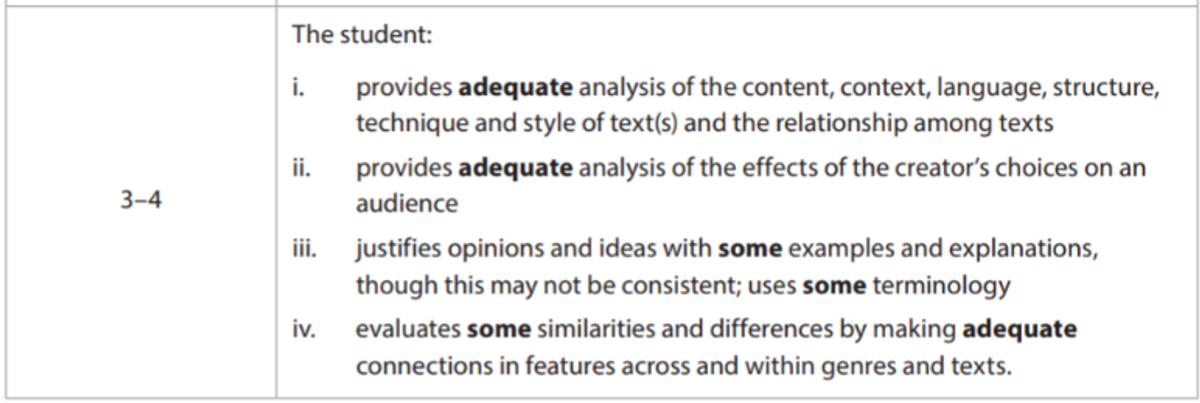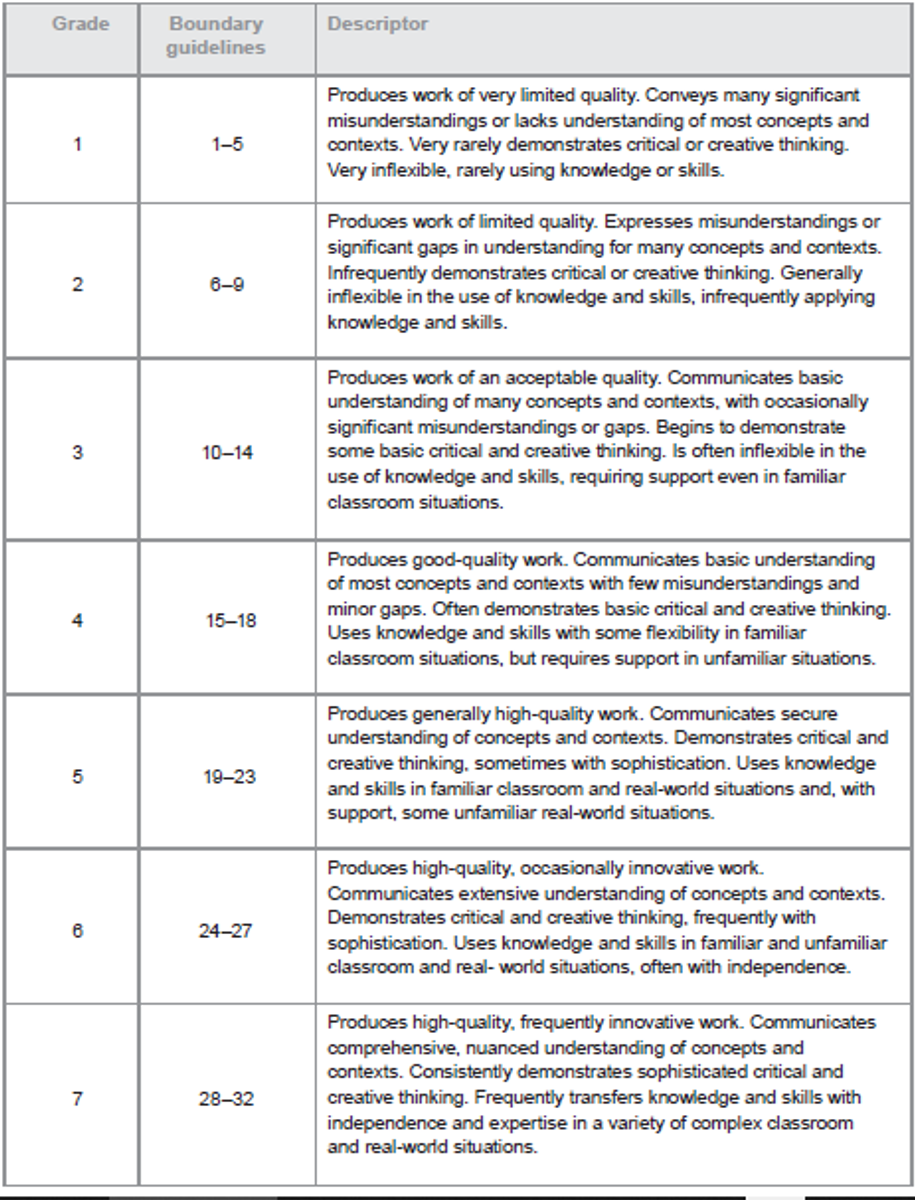Faculty News

Counselling
FIONA BAUDINETTE
Student Counsellor
HOW TO BUILD MINDFULNESS INTO EVERYDAY LIFE
You have no doubt heard about Mindfulness and its benefits to both clearing and calming the brain, to deal with daily challenges. Those who practice it regularly, swear by the immediate and ongoing benefits, saying that without it they wouldn’t function as well as they do. It has grown in popularity because of this, with extensive research supporting the neurological benefits. Often though, we feel that there is not enough time to fit in yet another thing that we should, or could do. Who has time for a Smiling Minds meditation? Below are some suggestions of how to effortlessly blend mindfulness into your day:
- Look at your watch or clock for one minute. Focus your full attention on your breathing and ignore everything else. Just be still, relaxed, and purely focused on your breath. A quick exercise to slip in anywhere, anytime with immediate benefits, especially if you are feeling overwhelmed or stressed. Have a go now!
- Walk and concentrate on only the things around and within you. Your breath, your feet on the ground, the trees, the sky, the feel of the air, etc. Let go of every other thought and focus only on these things. This allows your brain to clear worry and ‘catch its breath’ for a minute or two. You can do this for the whole walk or just a few minutes.
- Stressed/overwhelmed/tense/anxious? Stop, and focus only on yourself for a moment. What are you feeling? Label it objectively, e.g. “That’s a tense feeling, That’s an exhausting feeling.” Treat the label as separate to you and watch it float away. Try and ‘see’ the words float on the wind. The label no longer belongs to you. Then return and focus on your breathing. Consciously slow it down, or just notice its slow, steady rhythm. Repeat if needed and focus more on consciously seeing the label float away and on slow, steady breathing.
- Eat your lunch by yourself. Be conscious of your food, the taste, your chewing, and make a deliberate decision to let your mind go blank. Worry about everything again after your lunch is finished. This is a no thinking time zone!
These are just a few examples of how mindfulness can be quickly and easily incorporated into your everyday life. No extra time is needed. You can adapt these ideas to suit many situations, so be creative.
Breathe in, breathe out, breathe in, breathe out! Your brain will thank you for the break you give it.
Careers
MICHELLE MASCARO
Careers Advisor
YEAR 10 VIRTUAL CAREERS AND PATHWAYS PROGRAM
Although we had to postpone our Year 10 Careers Conference this year, we were able to facilitate some parts of the conference virtually and created a Careers and Pathways Program for our students yesterday, the 16th September from Periods 1-3.
I hosted 3 sessions for our students.
Session 1 involved Allison Montano and Luke Bryden from the Partnerships Team at Deakin University who spoke about pathways to their degrees, and the TAFE partnerships they have established to formulate pathways for students who study a Diploma and can then move into a Deakin Degree.
Our 2nd session involved Alumni guest speaker, Katelyn Limnios from the class of 2017 who spoke of her pathway from Oakleigh Grammar to University where she is currently undertaking her
JD - Juris Doctor at Monash University, which will qualify her as a Lawyer at the completion of her JD studies.
For our final session, we were fortunate to have Janet Lang from the Holmesglen Skills and Jobs Centre who presented a resume workshop for students, with a focus on creating a resume for a part-time job. This workshop provided a great introduction for our students in creating their very first professional resume.
All sessions tied into our theme of Careers and Pathways to their future. A special thanks to our guest speakers who provided some valuable advice to our students.
Thank you also to the staff who attended, and students who participated in this very successful initiative.
Middle Years Programme
MELISSA FITZGERALD
IB MYP Coordinator
What is assessment in the MYP?
Assessment in the MYP is a process to support learning and help teachers to make judgements about student achievement. At the beginning of a unit, teachers will introduce the statement of inquiry which gives the content a unique context. Teachers will ensure that the assessment reflects this unique statement of enquiry and provide students with an assessment sheet describing what is required, the relevant criteria, and exemplars. These tasks include a variety of assessment strategies such as tests, laboratory reports, experiments, essays, presentations, performances, portfolios, artworks, or group work.
Before a summative assessment (the final assessment in a unit of work) students will receive a practice assessment known as a formative assessment. Teachers provide feedback on this assessment to support the growth of relevant skills, knowledge, and understanding required.
Learning in each subject is assessed through four unique criteria which are the same in every International Baccalaureate school around the world.
Student’s work is assessed on a scale of 0-8 in each criterion which represents levels of achievement.
Levels of achievement describe what students can do and the descriptions become incrementally more complex. During terms 2 and 4 students receive a summary mark in each of the four criteria which indicates a holistic level of achievement in that subject.
There is no marking down for late work, poor behaviour, or effort in the MYP.
Language and Literature
LOUISE CROSSLEY
"Just two weeks
was all they said
the flowers would still grow
the sun would still shine
life would go on
in just two weeks’ time
but as the days crept up
and the numbers were rising
weeks turned into months,
all hope slowly dying
“We are all in this together,” they said
but we aren’t the ones alone on hospital beds
To long for each other is in our nature
and just as the sunflowers will find any way to search for their sun
so, will we, through any danger
Though the ones we love aren’t near
they are in our hearts, regardless of our fear
With an excess amount of time on our hands
we can see the connections between all life and lands
The collective period of wilting has come and gone
and through the lessons we’ve learnt,
we can now harmonise together
just like a song"
– Ava Smirnakos







